Idea by
Joel Kerner
Call for ideas 2017
Void Operations for a Collective Urban Topos
Void Operations for a Collective Urban Topos
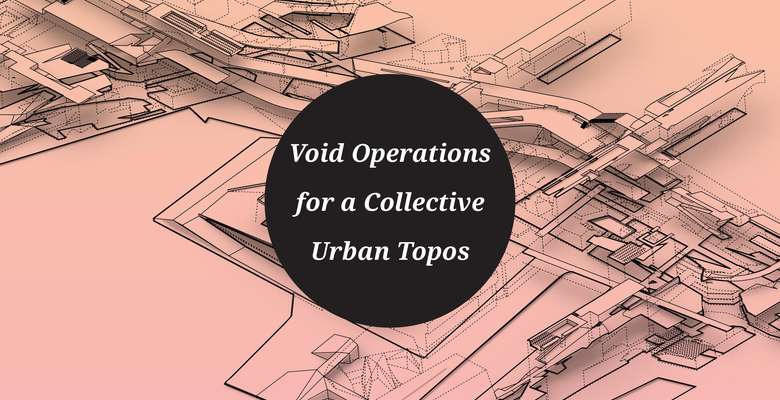
Contemporary architects have become predisposed to think of buildings as objects rather than a medium to shape objects. When we think of absence or void in the city, we are more likely to think of empty parcels, urban ruins, and infill spaces. In traditional urban theory however, architecture was often thought of as a medium to shape public space. Traditional European cities were so dense, that urban spaces became figures floating in a field of architecture. This is best represented in Giambattista Nolli’s drawing of Rome. The paradigm has now become reversed, and our cities have become a collection of jumbled forms that rest in an infinite and amorphous void space. Our buildings are increasingly shifting the focus of civic life from the exterior to the interior, as is epitomized by retail centers and office complexes. I believe urban space should be thought of as a volumetric problem, and we should resurrect a discourse of designing urban spaces through subtraction.
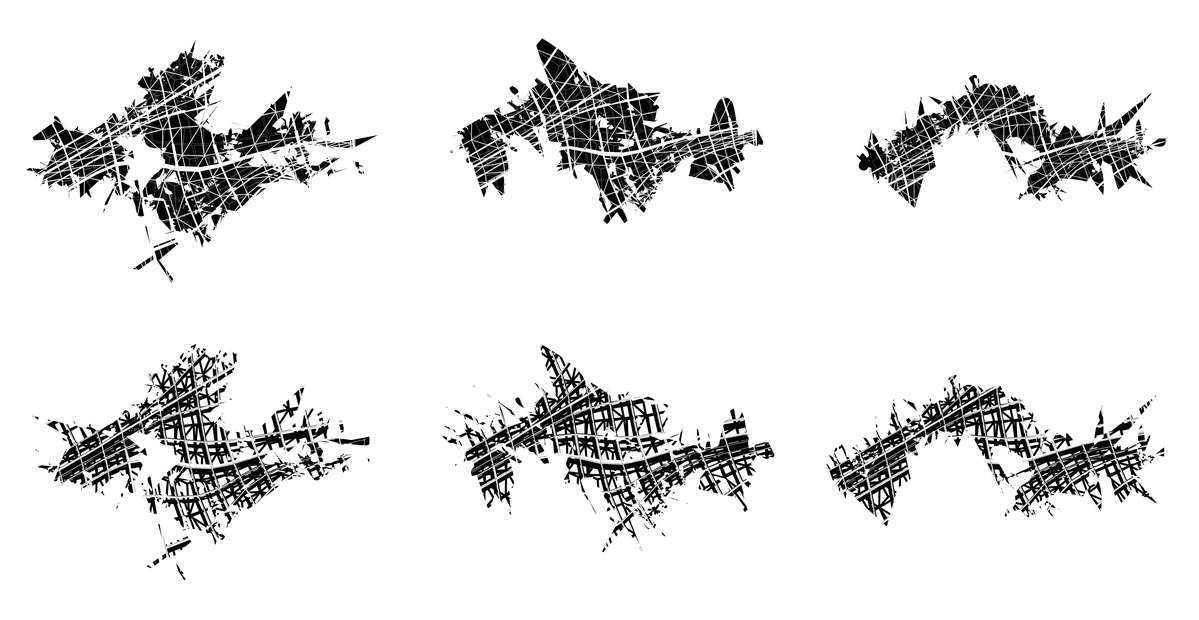
Designing urban space through subtraction of solids: A 'differential' urbanism is created through interpreting networks as either solid or void simultaneously. The thickening (for solid) or carving (for void) of the network results in several building typologies which can imply certain programs by their shape. (Joel Kerner, City of Collective Acts, A project for West LA, 2012)
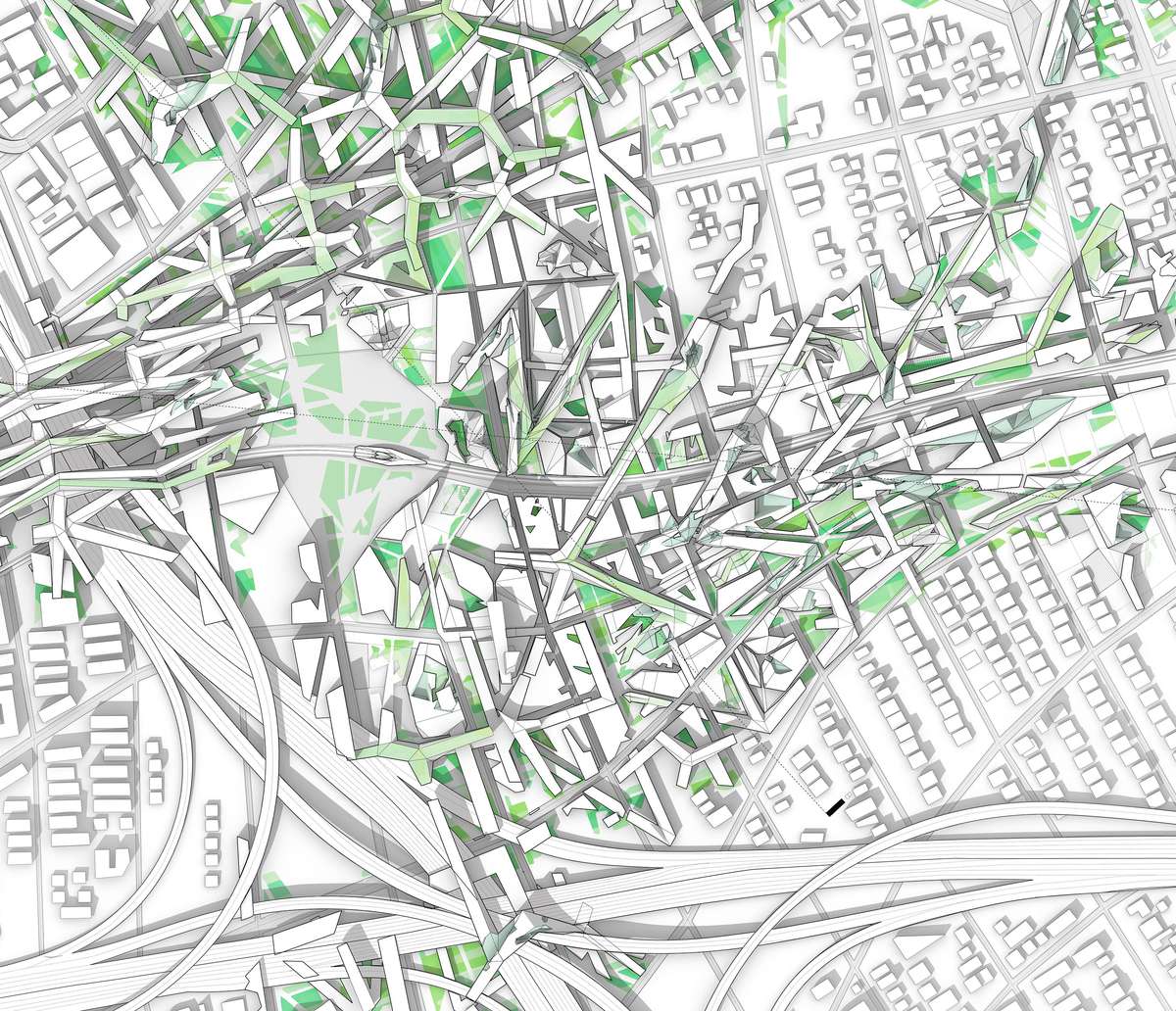
A transversal relationship between figure, field, ground, and network is achieved through a series of operations that do not grant primacy to any one. (Joel Kerner, City of Collective Acts, A project for West LA, 2012)
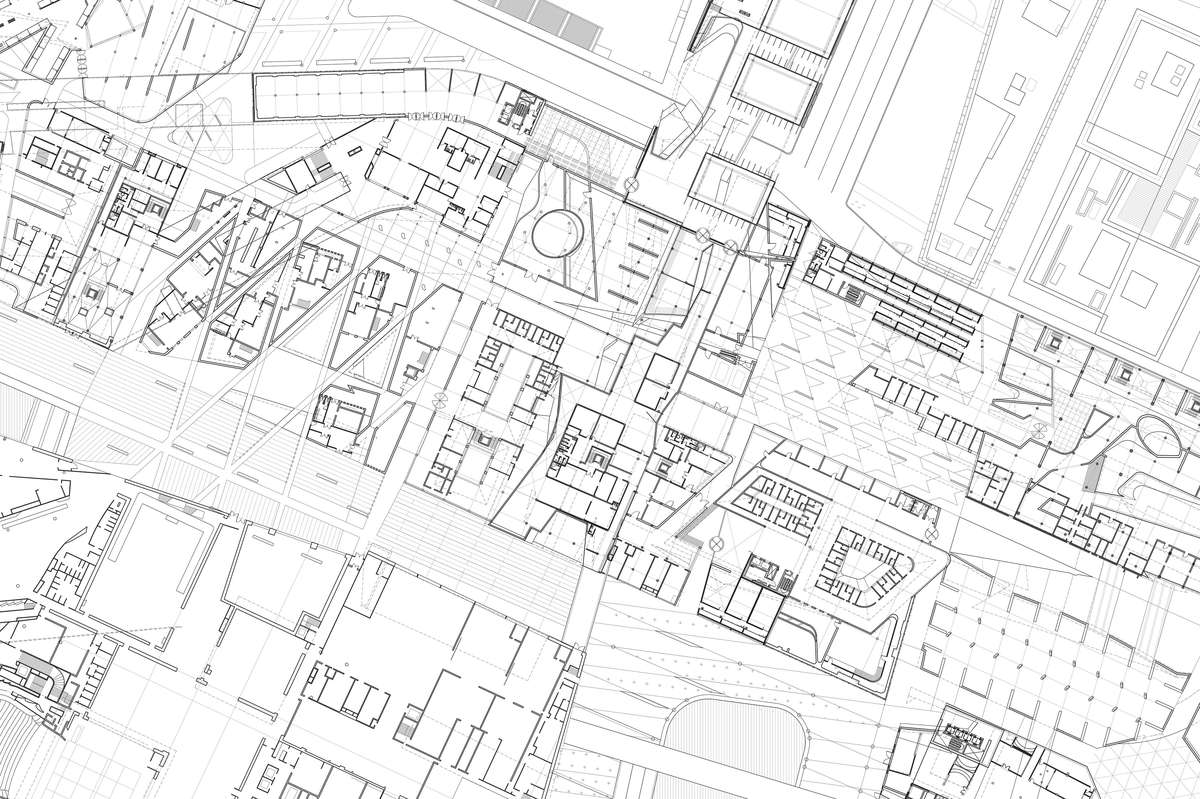
Giving equal visual weight to architecture and urban space: The continuity between buildings and urban space will yield a field of 'grey' conditions that cannot be represented with typical figure ground techniques, for they are neither black nor white. (Joel Kerner, On Contiguity, A proposal for Oslo’s Bjørvika District, 2013)
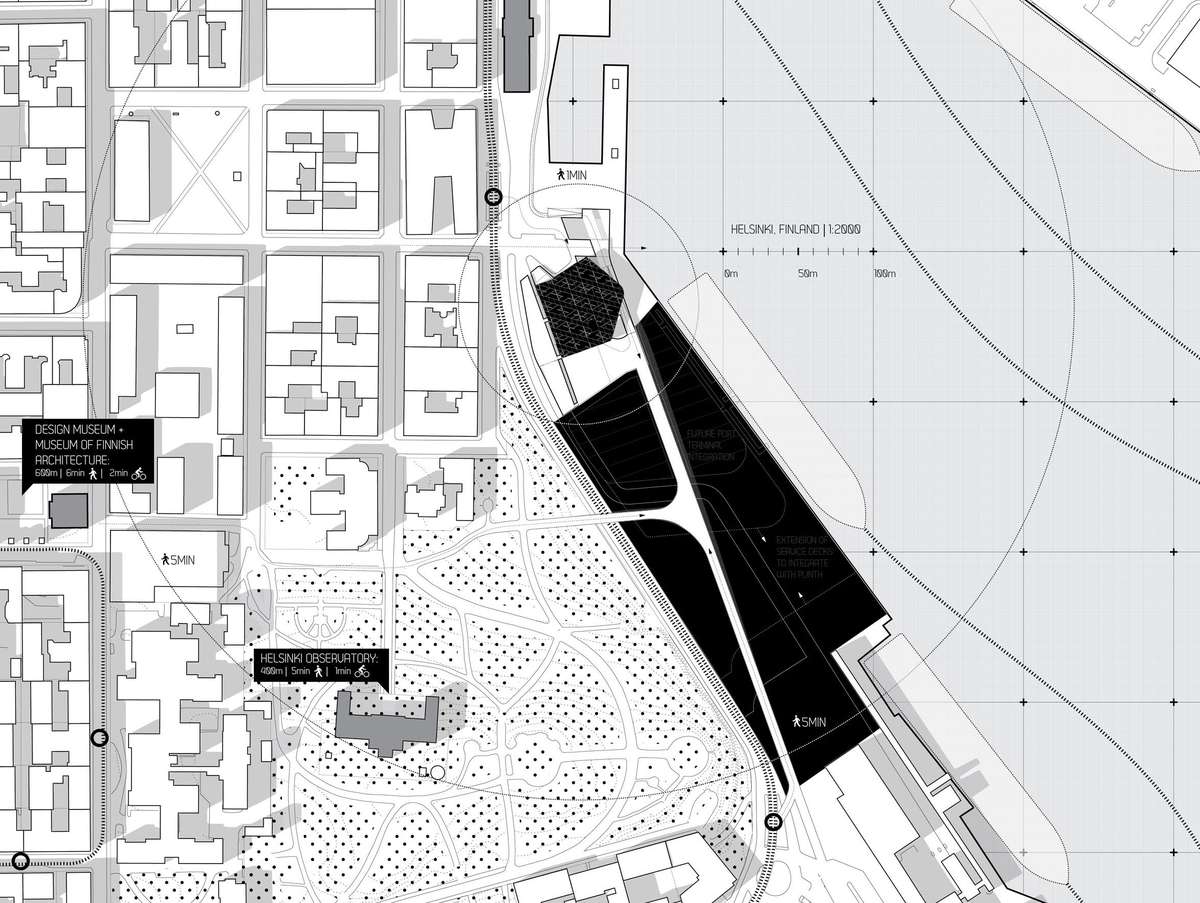
Using leftover void space as an armature for future urban growth: Avoiding the discipline’s current pre-occupations with creating self-sufficient, self-sustaining, self-serving projects, this approach leans towards an architecture of interdependence over independence, collectivity over autonomy, extroversion over introversion, and heterogeneity over homogeneity. (Joel Kerner + Chris Miller, Guggenheim Helsinki, 2014)

Using architecture as a framing device for urban space: Rather than embrace a concise, rhythmic, and ordered urban system within which architecture, infrastructure, and urban space fall neatly into their respective niches, my work strives for spatial ambiguity and compound figural relationships that are intertwined and inseparable. (Joel Kerner, Chris Miller + Kyle Faulkner, Imhotep, A proposal for Tallinn’s central square, 2015)
Void Operations for a Collective Urban Topos
Void Operations for a Collective Urban Topos

Contemporary architects have become predisposed to think of buildings as objects rather than a medium to shape objects. When we think of absence or void in the city, we are more likely to think of empty parcels, urban ruins, and infill spaces. In traditional urban theory however, architecture was often thought of as a medium to shape public space. Traditional European cities were so dense, that urban spaces became figures floating in a field of architecture. This is best represented in Giambattista Nolli’s drawing of Rome. The paradigm has now become reversed, and our cities have become a collection of jumbled forms that rest in an infinite and amorphous void space. Our buildings are increasingly shifting the focus of civic life from the exterior to the interior, as is epitomized by retail centers and office complexes. I believe urban space should be thought of as a volumetric problem, and we should resurrect a discourse of designing urban spaces through subtraction.

Designing urban space through subtraction of solids: A 'differential' urbanism is created through interpreting networks as either solid or void simultaneously. The thickening (for solid) or carving (for void) of the network results in several building typologies which can imply certain programs by their shape. (Joel Kerner, City of Collective Acts, A project for West LA, 2012)
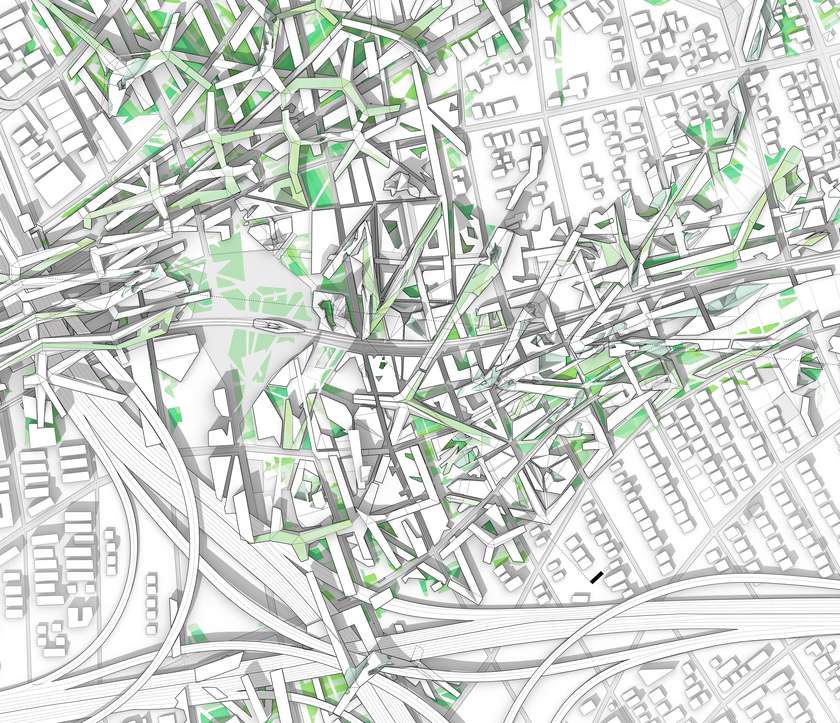
A transversal relationship between figure, field, ground, and network is achieved through a series of operations that do not grant primacy to any one. (Joel Kerner, City of Collective Acts, A project for West LA, 2012)
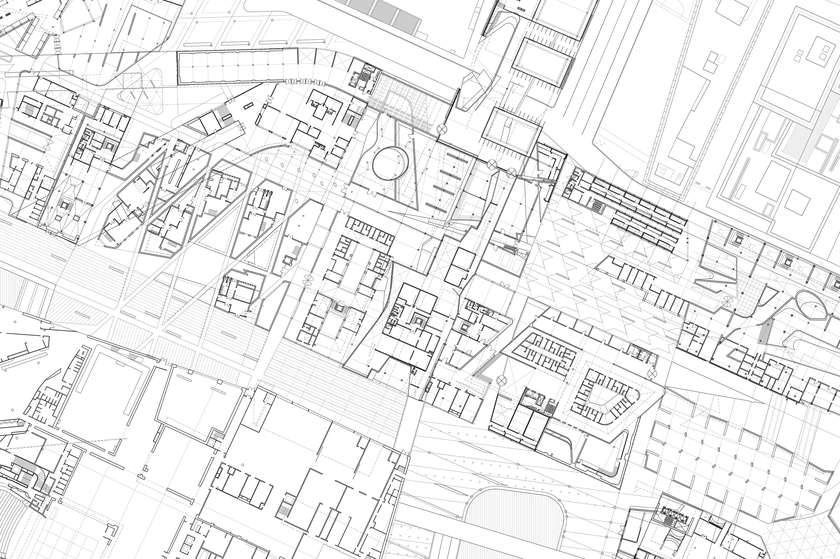
Giving equal visual weight to architecture and urban space: The continuity between buildings and urban space will yield a field of 'grey' conditions that cannot be represented with typical figure ground techniques, for they are neither black nor white. (Joel Kerner, On Contiguity, A proposal for Oslo’s Bjørvika District, 2013)
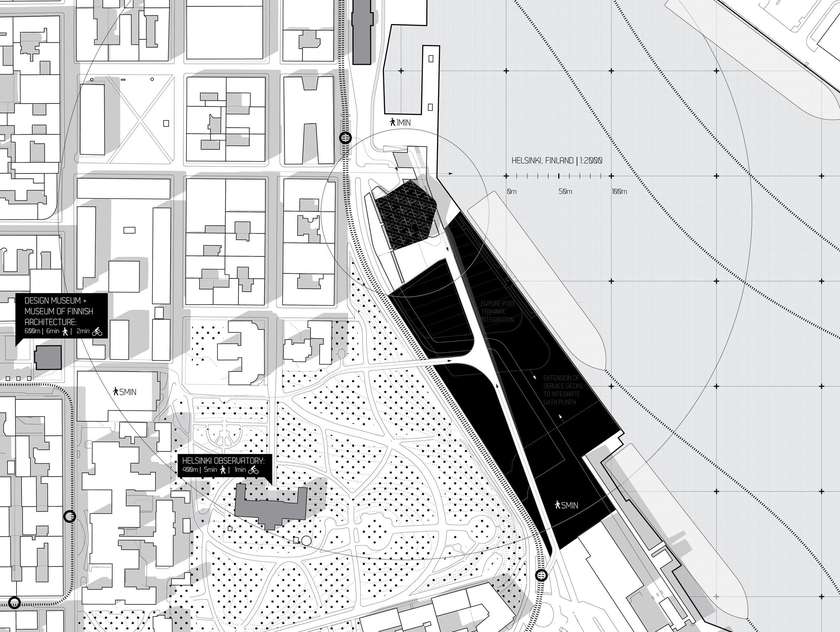
Using leftover void space as an armature for future urban growth: Avoiding the discipline’s current pre-occupations with creating self-sufficient, self-sustaining, self-serving projects, this approach leans towards an architecture of interdependence over independence, collectivity over autonomy, extroversion over introversion, and heterogeneity over homogeneity. (Joel Kerner + Chris Miller, Guggenheim Helsinki, 2014)

Using architecture as a framing device for urban space: Rather than embrace a concise, rhythmic, and ordered urban system within which architecture, infrastructure, and urban space fall neatly into their respective niches, my work strives for spatial ambiguity and compound figural relationships that are intertwined and inseparable. (Joel Kerner, Chris Miller + Kyle Faulkner, Imhotep, A proposal for Tallinn’s central square, 2015)